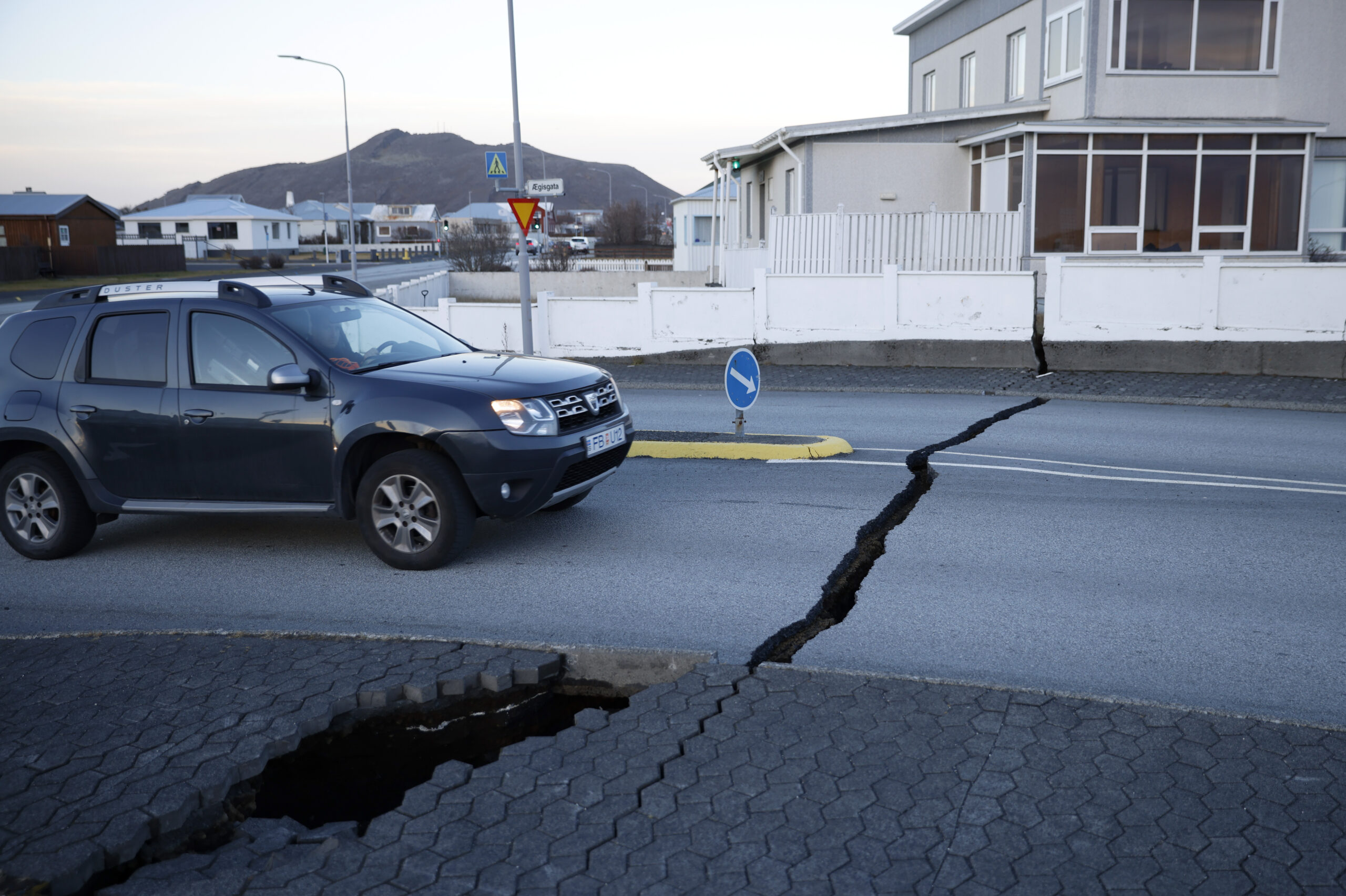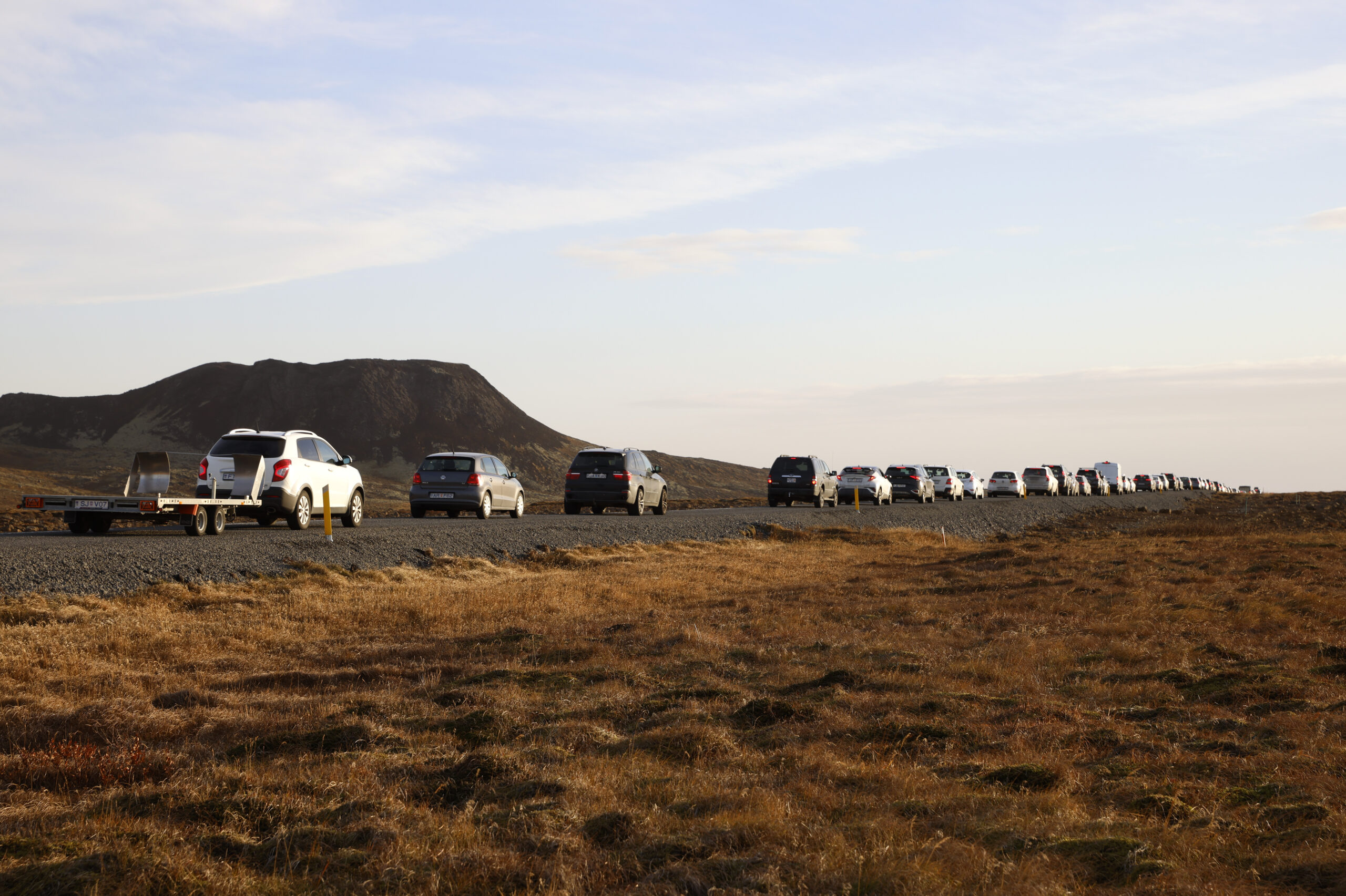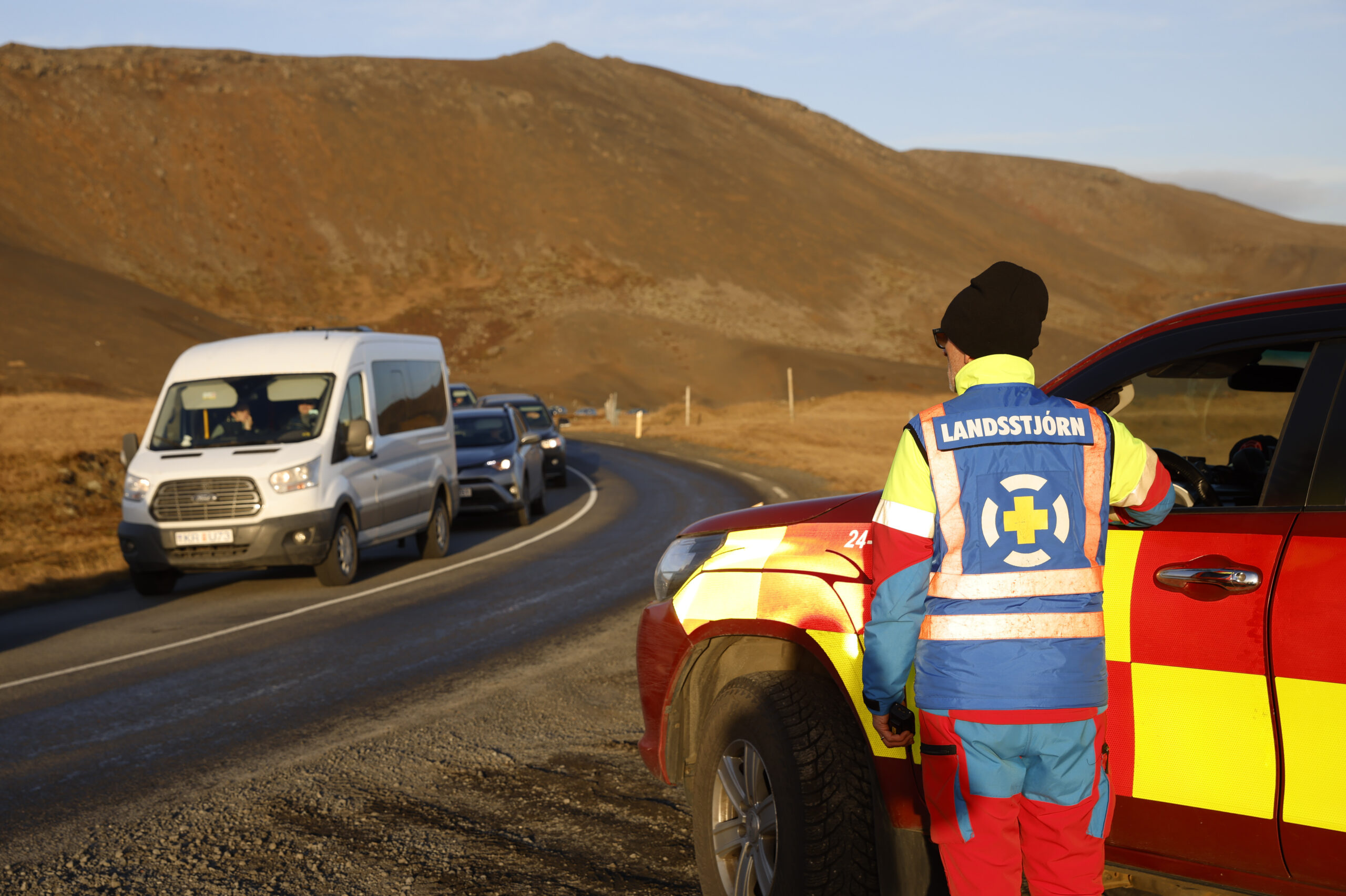Civil defense authorities in Iceland declared a state of emergency on Wednesday. Warnings of increased seismic activity could cause a volcanic eruption that would destroy the town of Grindavik.
“We’ve been lucky so far to have gotten this time,” Jon Phor Viglundsson, a spokesman for Iceland’s Department of Civil Protection and Emergency Management, said. “Now we have to wait and see what nature brings.”
CUSTOMERS SURPRISED TO DISCOVER THEIR RENTAL IS AN ELECTRIC VEHICLE
More than 800 earthquakes occurred on Wednesday alone, and there have been 20,000 various-sized tremors since late October. Jon Vidar Hlynsson resides just 20 miles from the epicenter. He told the Washington Examiner that the quakes “keep on coming with no end in sight.”

“We in the Reykjavik area are doing fine,” Hlynsson said. “But what will happen is uncertain. The experts say it is likely to erupt but can’t say exactly when and where it will happen.”
The seaside town of Grindavik, which is home to about 3,400 people, is half an hour from Iceland’s international airport.
Thousands of residents have been evacuated after sulfur dioxide was detected from the quakes. Grindavik is also home to one of the 25 wonders of the world, the Blue Lagoon, which is temporarily closed due to eruption fears.
As popular destinations shut down and thousands of residents are evacuated, officials in the Southern Peninsula are scurrying in preparation for the eruption. Crews were working against time to build a protective wall around the country’s main geothermal power plant on Tuesday.
CLICK HERE TO READ MORE FROM THE WASHINGTON EXAMINER
Iceland is one of the most geologically active places in the world. It sits on a continental rift, and magma plumes, volcanic eruptions, and earthquakes are nothing new to the country. Icelanders experience an eruption on average every five years.

In the past, eruptions have been in isolated areas and have been a lesser threat to residents. But that perception has now changed. In 2010, the Eyjafjallajokull volcanic eruption caused major disruptions to commercial European air traffic. And just in 2021, the Fagradalsfjall volcano was the first eruption in more than 800 years to hit the Reykjanes Peninsula. The lava spewed out slowly, making it a tourist attraction.
Three years later, this “eco-destination” is now a danger zone.

